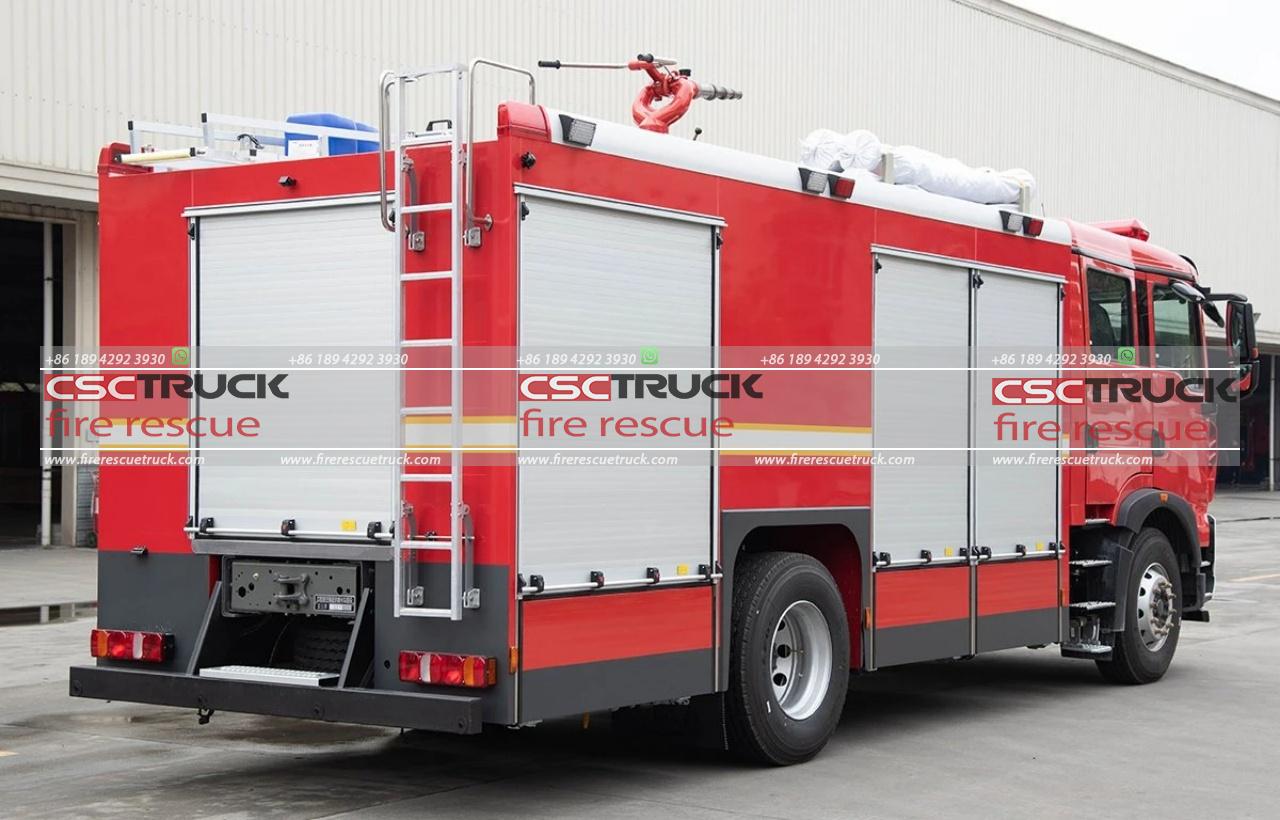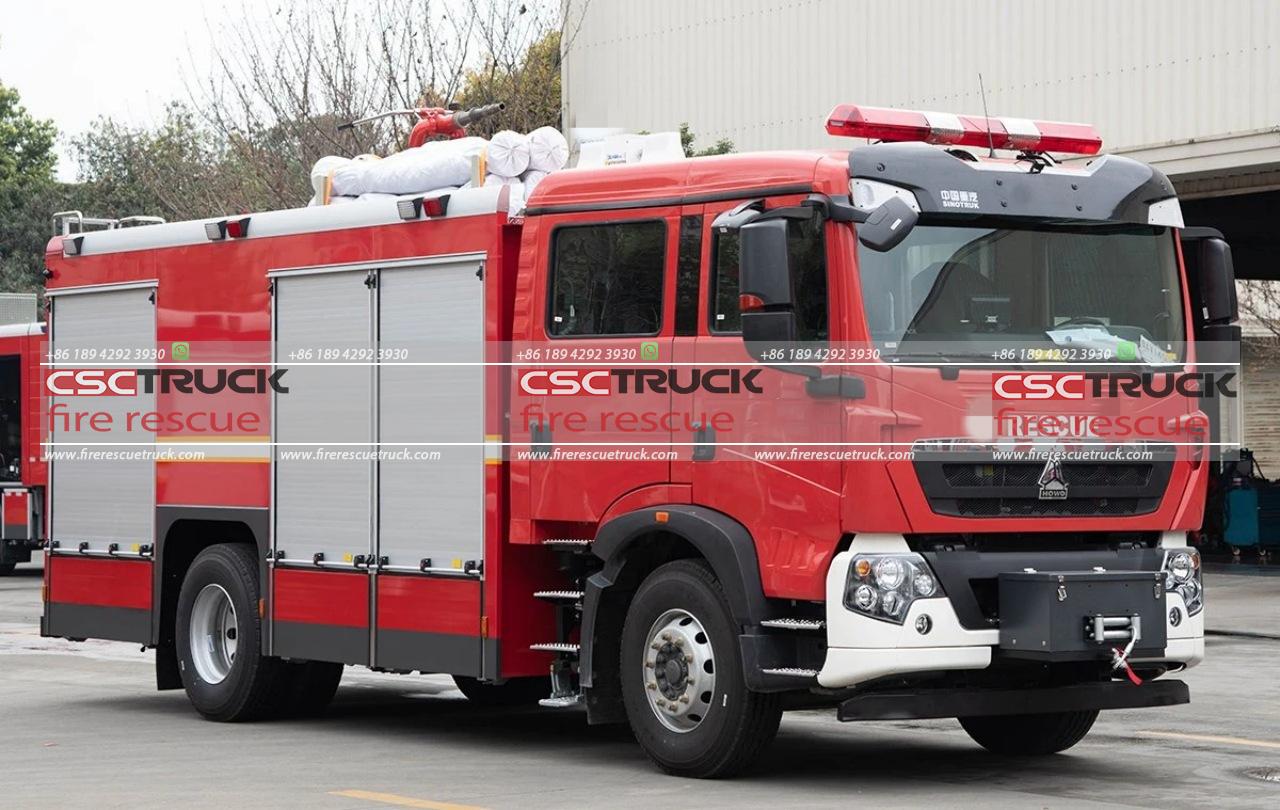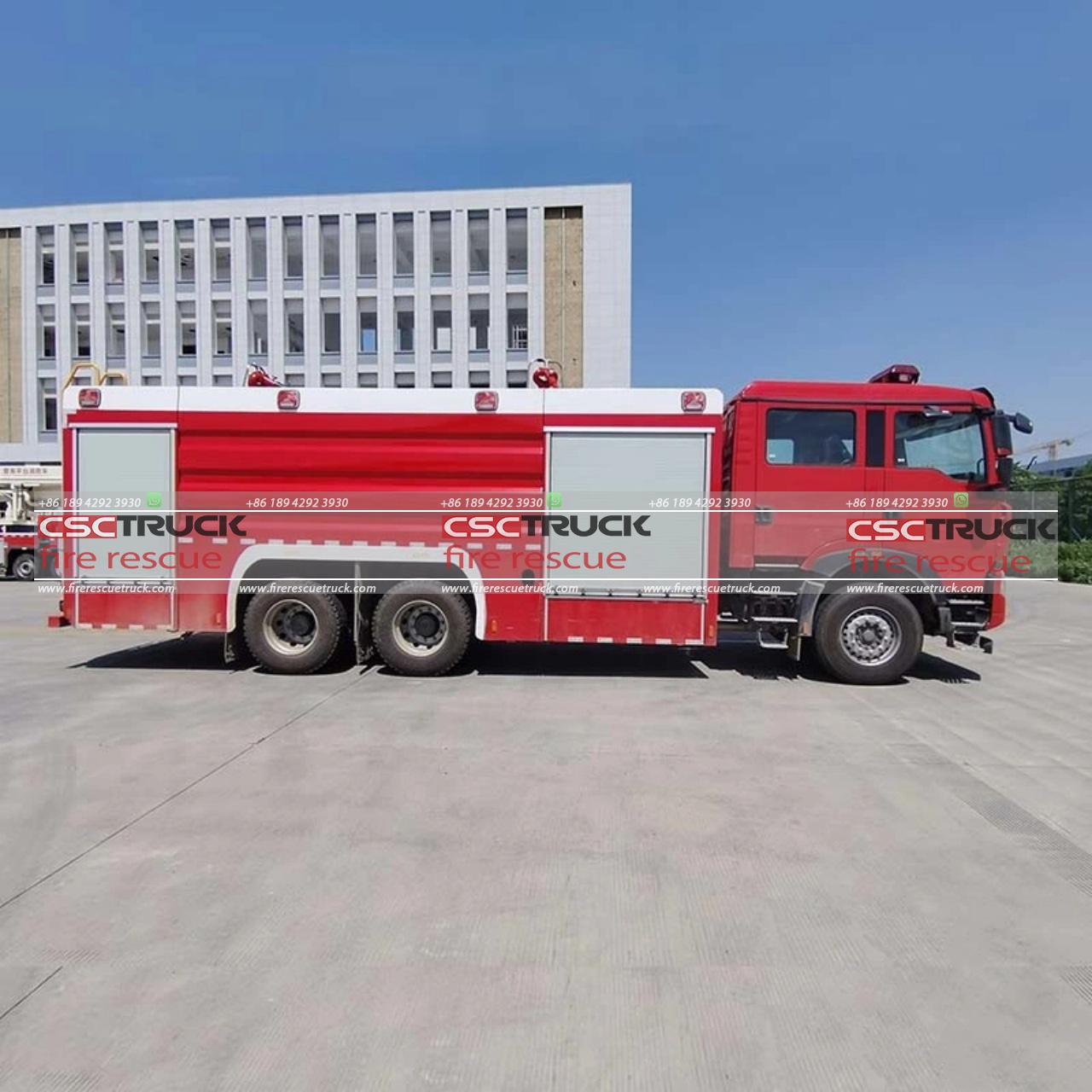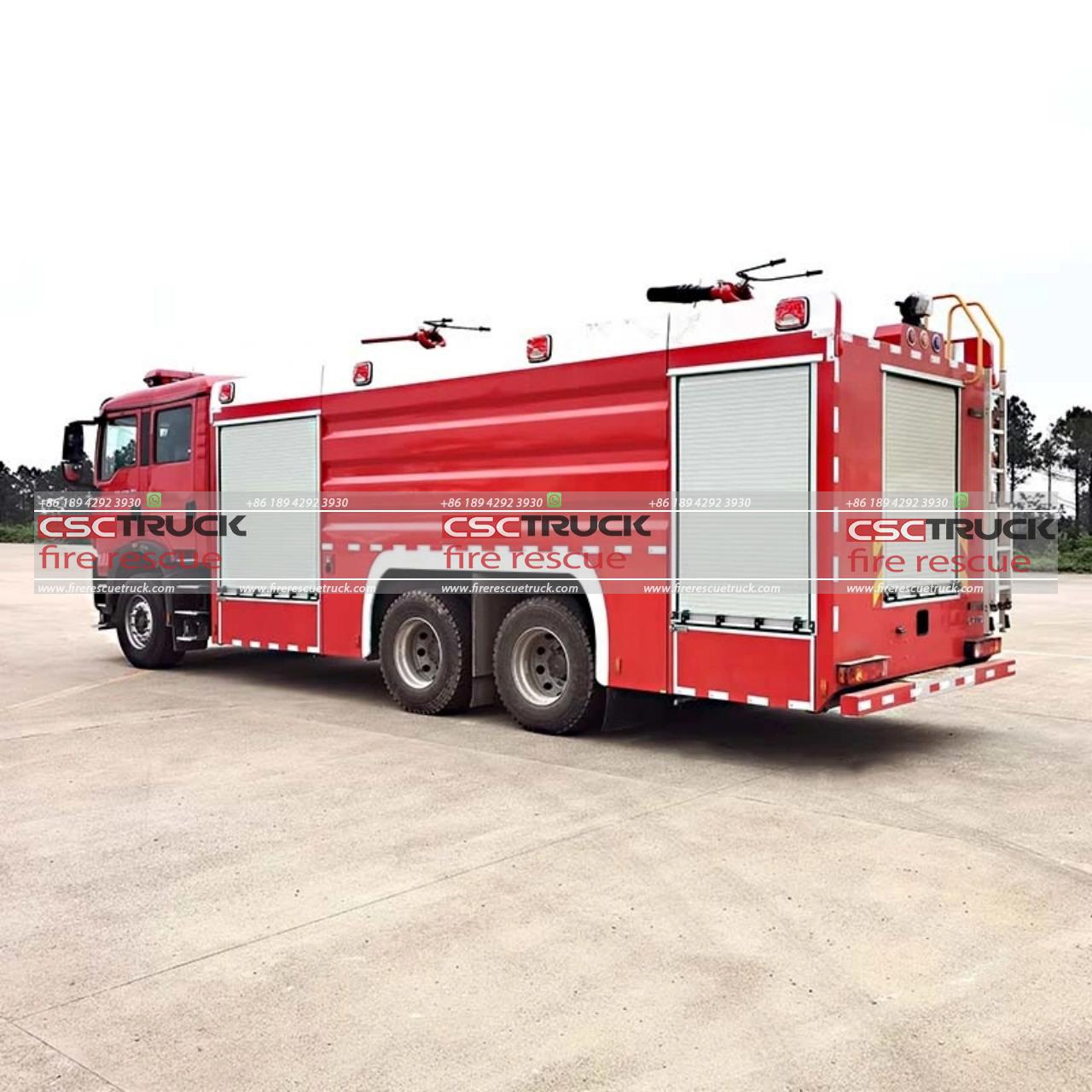What is a Fire Truck Called in the UK?
The fire truck, known for its bright colors, sirens, and high-tech equipment, is a symbol of rescue and emergency services across the globe. While many countries, including the United States, use the term “fire truck” or “fire engine” interchangeably, the terminology in the United Kingdom (UK) is somewhat different. Understanding what a fire truck is called in the UK involves exploring not only the linguistic variations but also the history, structure, and function of these essential vehicles within British fire services.
Terminology: What’s the Official Name?
In the UK, a fire truck is most commonly referred to as a **fire engine**. This term has been in use for centuries and is deeply ingrained in British culture and language. While the term “fire truck” is understood and occasionally used, “fire engine” is the preferred term in the UK for a vehicle designed to transport firefighters and equipment to the scene of a fire or other emergencies.

Why “Fire Engine” and Not “Fire Truck”?
The term “fire engine” originated in the 17th century, when the earliest firefighting apparatus was powered by manual or steam engines. The word “engine” referred to the mechanical device used to pump water onto a fire, and over time, the term became synonymous with the entire vehicle. Even though modern fire engines are equipped with powerful motors and no longer rely on the rudimentary engines of old, the term persists.
In contrast, “fire truck,” more commonly used in the United States, emphasizes the vehicle aspect rather than the engine mechanism. A truck is typically defined as a large, heavy vehicle, and this terminology focuses on the vehicle’s capacity to transport both firefighters and equipment. However, in the UK, where linguistic tradition is rooted in historical usage, the word “engine” has remained dominant.
Types of Fire Engines in the UK
While the general term is “fire engine,” there are various types of fire engines in the UK, each designed for specific functions. Some of the most common include:
1. Pump Ladder: This is the most commonly used fire engine in the UK. It carries both a pump and ladders, allowing firefighters to tackle fires from various heights and angles. Equipped with hoses, breathing apparatus, and cutting tools, the pump ladder is an all-purpose vehicle suitable for a wide range of emergencies.
2. Aerial Ladder Platform (ALP): Also known as a turntable ladder, this fire engine is designed for rescue or firefighting operations at height. The extendable ladder, often reaching over 30 meters, allows firefighters to access tall buildings, perform rescues, or direct water streams from elevated positions.
3. Water Carrier: As the name suggests, this type of fire engine is primarily used to transport large quantities of water to areas where the water supply might be limited, such as rural locations or areas with inadequate hydrant systems.
4. Rescue Unit: This fire engine is equipped with specialized rescue tools, including cutting gear, hydraulic spreaders, and high-pressure airbags. It is typically used in road traffic accidents, industrial incidents, and scenarios requiring technical rescues.
5. Command Support Unit (CSU): A CSU acts as a mobile command center in large-scale incidents. It contains communications equipment, planning tools, and facilities to support on-scene incident command.
6. Hazardous Material Response Unit (HMRU): This type of fire engine carries equipment for dealing with hazardous materials, including chemical spills, gas leaks, or biological threats. These units play a crucial role in mitigating environmental and health risks during emergencies involving dangerous substances.

Fire Engine Equipment
In the UK, a fire engine is far more than just a vehicle. It is a fully equipped mobile response unit designed to deal with a wide range of emergencies. The equipment on a typical fire engine in the UK includes:
– Hoses and Nozzles: Fire engines are equipped with hoses capable of delivering water or foam to extinguish fires. High-pressure hoses allow firefighters to control and direct the flow of water precisely.
– Ladders: Fire engines carry various types of ladders to allow firefighters to access different heights. The ladders are vital for rescuing individuals trapped in buildings or gaining entry to high floors.
– Pumps: The engine’s pump is a critical piece of equipment that draws water from an onboard tank, a fire hydrant, or a natural water source such as a lake or river. This water is then directed through the hoses to tackle the fire.
– Breathing Apparatus (BA): Firefighters use breathing apparatus to protect themselves from smoke inhalation while working in smoke-filled or toxic environments.
– Rescue Tools: Hydraulic cutters, spreaders, and rams, often referred to as “Jaws of Life,” are used to rescue individuals trapped in vehicles after road traffic collisions.
– Thermal Imaging Cameras (TICs): TICs are used to detect heat signatures through smoke or in complete darkness. These are particularly useful in locating individuals trapped in burning buildings or pinpointing the seat of a fire.
Fire Engines and Modern Technology
The fire engines used in the UK today are highly sophisticated, incorporating cutting-edge technology to assist firefighters in their work. Features such as satellite navigation, real-time data communication systems, and advanced firefighting foam delivery systems make modern fire engines more effective than ever before.
In recent years, some fire services in the UK have also introduced hybrid or electric fire engines to reduce the environmental impact of firefighting operations. These vehicles are designed to operate more efficiently and produce fewer emissions compared to traditional diesel-powered engines.

The Role of Fire Engines in Modern UK Fire Services
Fire engines play a crucial role in the UK‘s emergency services infrastructure. The primary responsibility of a fire engine is, of course, to respond to fires. However, modern fire engines in the UK are also equipped to handle a wide range of emergencies, including:
– Road Traffic Accidents: Fire engines often respond to accidents on roads and motorways, where they assist with vehicle extrication and first aid.
– Rescue Operations: Fire engines are equipped for various rescue scenarios, such as individuals trapped in collapsed buildings, confined spaces, or high structures.
– Flood Response: In times of severe flooding, fire engines assist in pumping water out of homes and businesses and rescuing individuals stranded in rising waters.
– Medical Emergencies: Many UK fire engines carry defibrillators and other medical equipment, and firefighters are often trained to provide first aid and life-saving interventions at the scene of medical emergencies.
Conclusion
In the UK, the term fire engine is the standard nomenclature for the vehicle used by firefighters to respond to emergencies. While the term fire truck is widely understood and used in other parts of the world, such as the United States, the UK prefers the more historically rooted term fire engine. Whether it’s a pump ladder, aerial ladder platform, or a hazardous material response unit, the fire engine is a vital tool in the British Fire Service‘s mission to protect lives, property, and the environment. The next time you see one of these red vehicles racing through the streets, you’ll know it’s not just a fire truck—it’s a fire engine, an essential part of the UK‘s emergency response system.








